2-Amino-5-cyanopyridine
Synonym(s):2-Amino-5-cyanopyridine;6-Aminonicotinonitrile
- CAS NO.:4214-73-7
- Empirical Formula: C6H5N3
- Molecular Weight: 119.12
- MDL number: MFCD00128902
- EINECS: 629-267-7
- SAFETY DATA SHEET (SDS)
- Update Date: 2024-08-11 15:28:25
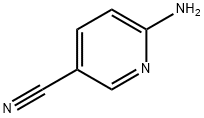
What is 2-Amino-5-cyanopyridine?
Chemical properties
brown crystalline powder
The Uses of 2-Amino-5-cyanopyridine
2-Amino-5-cyanopyridine is an important raw material and intermediate used in organic synthesis, pharmaceuticals, agrochemicals and dyestuff fields.
Properties of 2-Amino-5-cyanopyridine
| Melting point: | 159-163 °C(lit.) |
| Boiling point: | 240-250°C 15mm |
| Density | 1.23±0.1 g/cm3(Predicted) |
| Flash point: | 240-250°C/15mm |
| storage temp. | Keep in dark place,Sealed in dry,Room Temperature |
| form | Crystalline Powder |
| pka | 3.48±0.13(Predicted) |
| color | Brown |
| Water Solubility | Soluble in methanol. Insoluble in water. |
| BRN | 113876 |
| InChI | InChI=1S/C6H5N3/c7-3-5-1-2-6(8)9-4-5/h1-2,4H,(H2,8,9) |
| CAS DataBase Reference | 4214-73-7(CAS DataBase Reference) |
Safety information for 2-Amino-5-cyanopyridine
| Signal word | Danger |
| Pictogram(s) |
 Skull and Crossbones Acute Toxicity GHS06 |
| GHS Hazard Statements |
H301:Acute toxicity,oral |
| Precautionary Statement Codes |
P261:Avoid breathing dust/fume/gas/mist/vapours/spray. P264:Wash hands thoroughly after handling. P264:Wash skin thouroughly after handling. P280:Wear protective gloves/protective clothing/eye protection/face protection. P301+P310:IF SWALLOWED: Immediately call a POISON CENTER or doctor/physician. |
Computed Descriptors for 2-Amino-5-cyanopyridine
| InChIKey | KDVBYUUGYXUXNL-UHFFFAOYSA-N |
| SMILES | C1=NC(N)=CC=C1C#N |
2-Amino-5-cyanopyridine manufacturer
Gravitas Pharma Pvt Ltd
2Y
Phone:+919177758787
Whatsapp: +91- 9177758787
product: 4214-73-7 2-Amino-5-Cyano Pyridine. 98%
ALTRAKEM PHARMA LIFE SCIENCES PRIVATE LIMITED
2Y
Phone:+91-9966658228
Whatsapp: +91- 9966658228
product: 4214-73-7 99%
Sintilla Medcoms Pvt Ltd
1Y
Phone:+91-8886733867
Whatsapp: +91 8886733867
product: 2-Amino-5-cyanopyridine 98%
Dr R R Organics
1Y
Phone:+91-9666306440
Whatsapp: +91-9666306440
product: 2-Amino-5-cyanopyridine 4214-73-7 98%
New Products
Tert-butyl bis(2-chloroethyl)carbamate 4-Methylphenylacetic acid N-Boc-D-alaninol N-BOC-D/L-ALANINOL N-octanoyl benzotriazole 3-Morpholino-1-(4-nitrophenyl)-5,6-dihydropyridin- 2(1H)-one Furan-2,5-Dicarboxylic Acid DIETHYL AMINOMALONATE HYDROCHLORIDE 1,1’-CARBONYLDIIMIDAZOLE R-2-BENZYLOXY PROPIONIC ACID 1,1’-CARBONYLDI (1,2-4 TRIAZOLE) N-METHYL INDAZOLE-3-CARBOXYLIC ACID (2-Hydroxyphenyl)acetonitrile 4-Bromopyrazole 5-BROMO-2CYANO PYRIDINE 5,6-Dimethoxyindanone 5-broMo-2-chloro-N-cyclopentylpyriMidin-4-aMine 2-(Cyanocyclohexyl)acetic acid 4-methoxy-3,5-dinitropyridine 1-(4-(aminomethyl)benzyl)urea hydrochloride 2-aminopropyl benzoate hydrochloride diethyl 2-(2-((tertbutoxycarbonyl)amino) ethyl)malonate tert-butyl 4- (ureidomethyl)benzylcarbamate Ethyl-2-chloro((4-methoxyphenyl)hydrazono)acetateRelated products of tetrahydrofuran


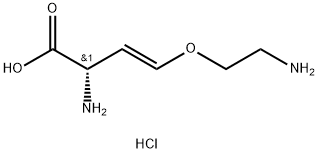


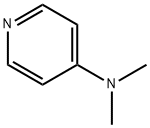
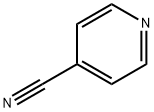

You may like
-
 2-amino-5-cyanopyridine 98%View Details
2-amino-5-cyanopyridine 98%View Details
4214-73-7 -
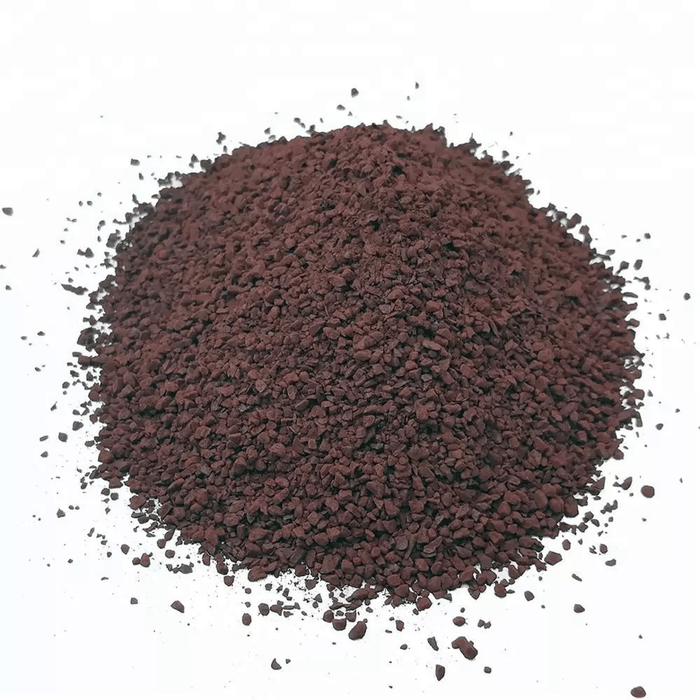 4214-73-7 2-Amino-5-cyanopyridine 99%View Details
4214-73-7 2-Amino-5-cyanopyridine 99%View Details
4214-73-7 -
 2-Amino-5-cyanopyridine CAS 4214-73-7View Details
2-Amino-5-cyanopyridine CAS 4214-73-7View Details
4214-73-7 -
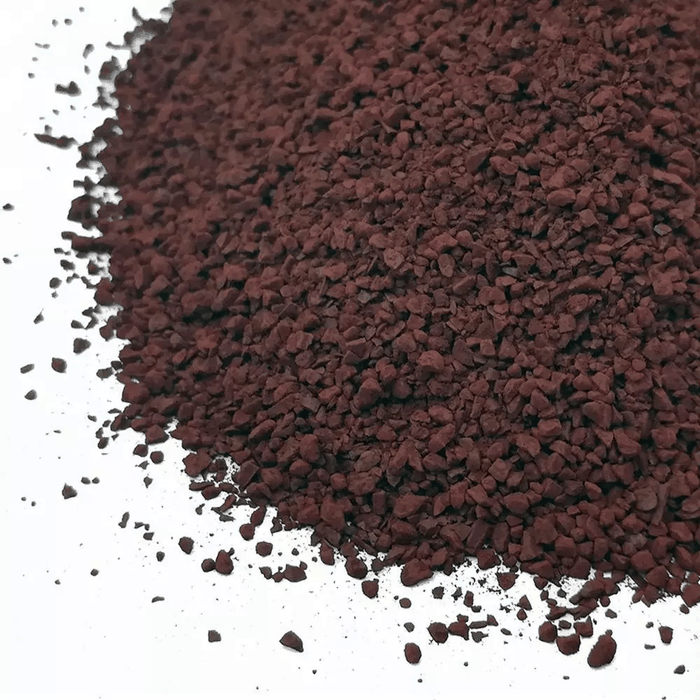 2-Amino-5-cyanopyridine 4214-73-7 98%View Details
2-Amino-5-cyanopyridine 4214-73-7 98%View Details
4214-73-7 -
 4214-73-7 2-Amino-5-Cyano Pyridine. 98%View Details
4214-73-7 2-Amino-5-Cyano Pyridine. 98%View Details
4214-73-7 -
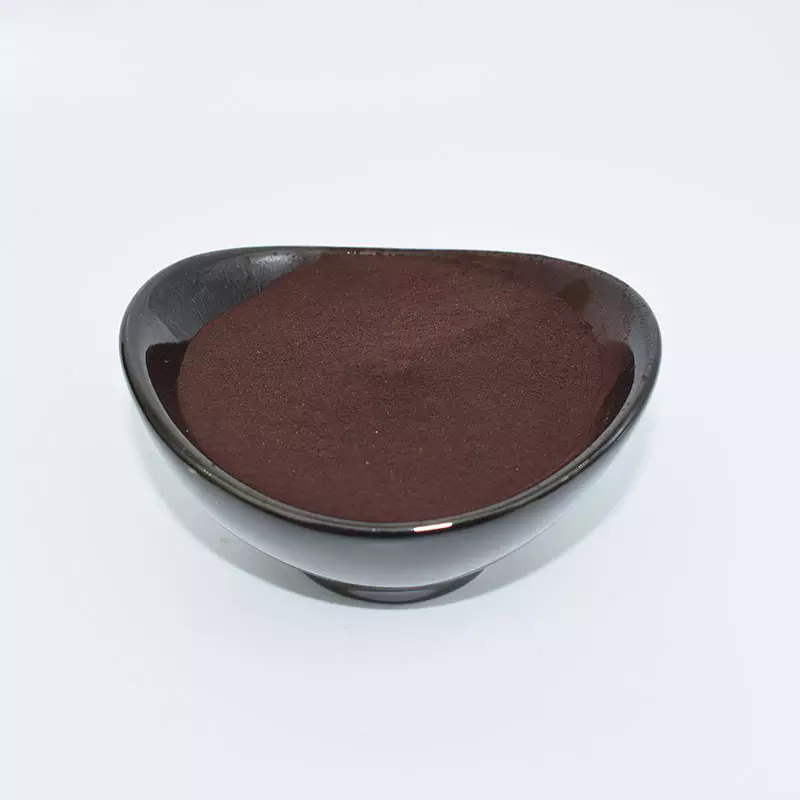 2-Amino-5-cyanopyridine 98%View Details
2-Amino-5-cyanopyridine 98%View Details -
 2-Amino-5-cyanopyridine CAS 4214-73-7View Details
2-Amino-5-cyanopyridine CAS 4214-73-7View Details
4214-73-7 -
 6-Amino-3-pyridinecarbonitrile CAS 4214-73-7View Details
6-Amino-3-pyridinecarbonitrile CAS 4214-73-7View Details
4214-73-7
Statement: All products displayed on this website are only used for non medical purposes such as industrial applications or scientific research, and cannot be used for clinical diagnosis or treatment of humans or animals. They are not medicinal or edible.